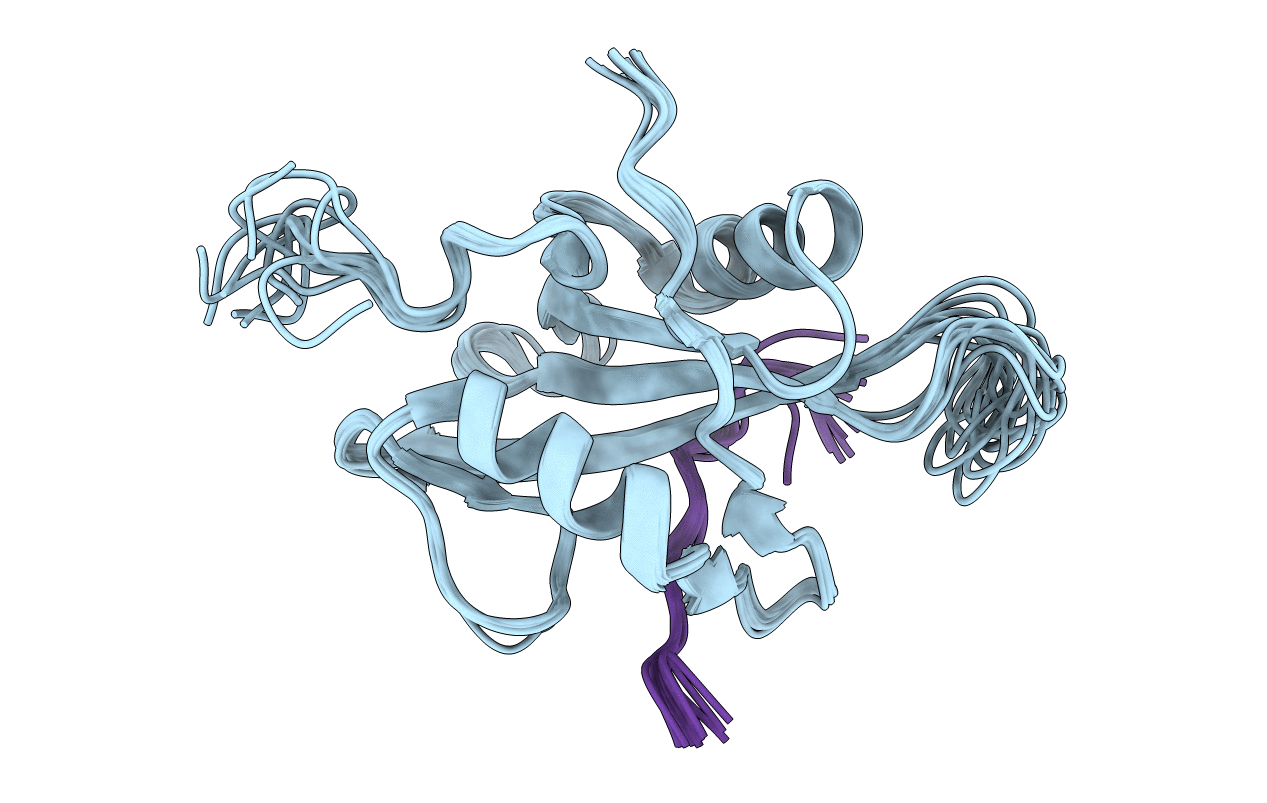
Deposition Date
2019-03-25
Release Date
2020-02-05
Last Version Date
2024-10-09
Entry Detail
PDB ID:
6R5G
Keywords:
Title:
C-SH2 domain of SHP-2 in complex with phospho-ITSM of PD-1
Biological Source:
Source Organism:
Homo sapiens (Taxon ID: 9606)
Host Organism:
Method Details:
Experimental Method:
Conformers Calculated:
150
Conformers Submitted:
10
Selection Criteria:
structures with the lowest energy


